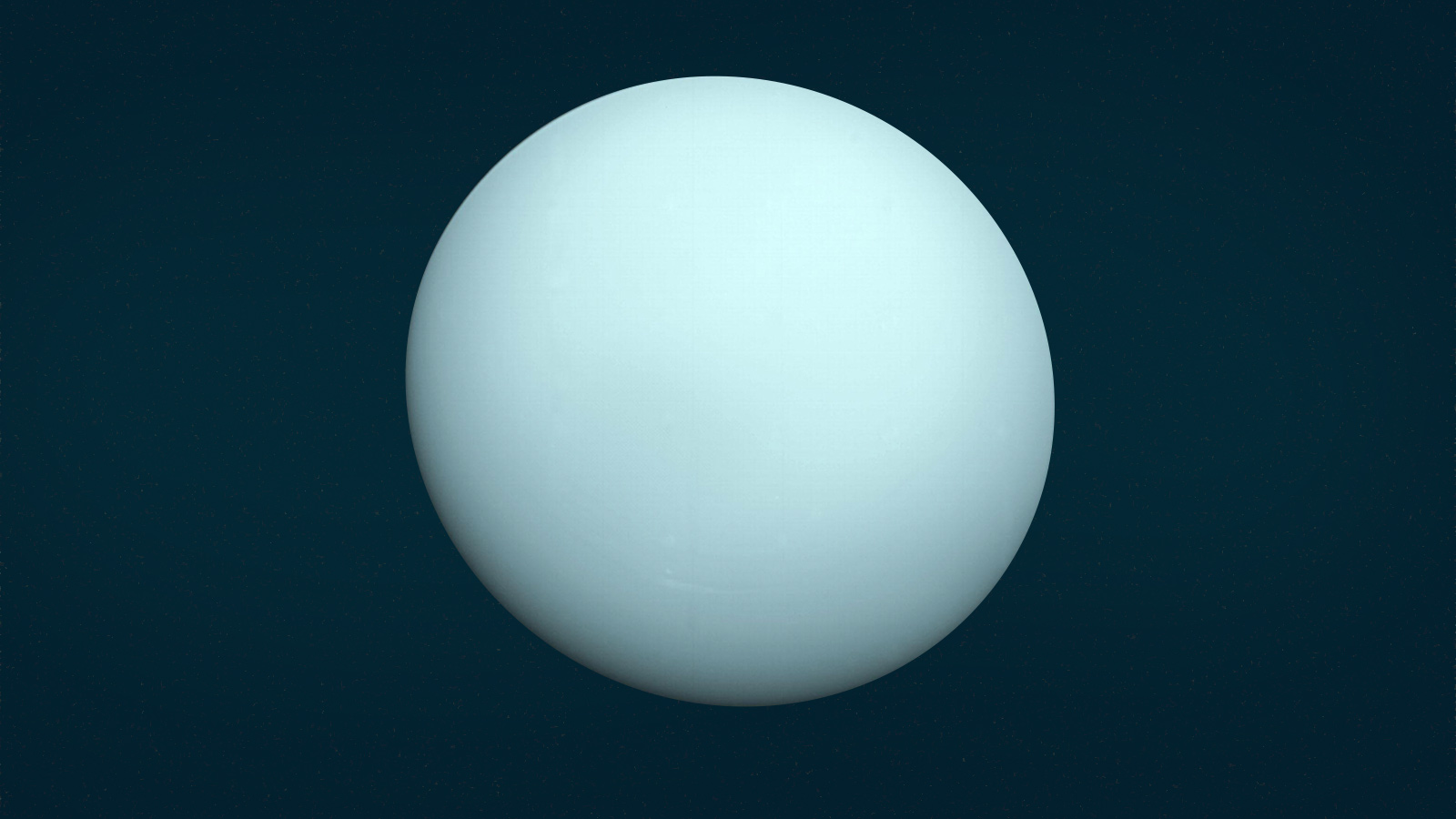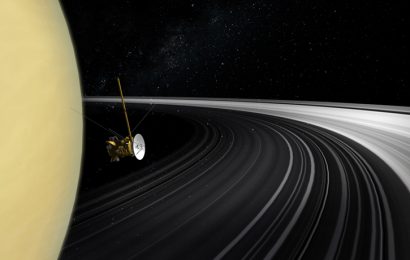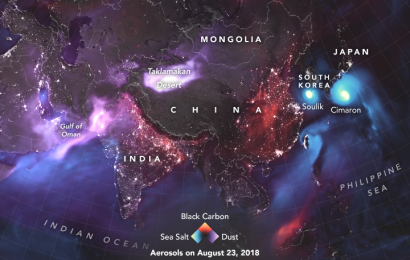The first planet discovered in modern times, Uranus, carries the name of the Greek god of the heavens, yet features a rather unheavenly smell that is believed to resemble farts
After a long, careful research, astronomers discovered that the upper atmosphere of the planet is dominated by hydrogen sulfide, which smells life rotten eggs and can be found in human flatulence.
Now, heading to science: the observations have an impact beyond the planet; they expand our knowledge of the planet’s composition and provide important clues regarding the formation of our beautiful, mysterious Solar System.
Planetary scientists were able to detect hints of ammonia and hydrogen sulfide, yet there was not enough evidence to determine their presence. Moreover, the height of the top clouds seemed wrong, taken into consideration that ammonia was the main component. However, there was no precise proof, yet the new observations change that.
“We have definitely detected the presence of hydrogen sulfide gas above the main cloud deck, and this is the smoking gun that the main cloud deck is mostly made by hydrogen sulfide ice,” lead author Professor Patrick Irwin, from the University of Oxford
“We finally have a more definite detection of what the clouds are made of. This means that on Uranus, and we think probably on Neptune, the bulk abundance of sulfur is greater than that of nitrogen. On Jupiter and Saturn, you end up with an ammonia cloud layer at the top.”
This amazing discovery put a powerful constraint on the formation of planets; in the area where Uranus and Neptune are located, both ammonia and hydrogen sulfide are solid; this means that they could have been easily absorbed by planets.
These observations were conducted a decade ago, yet researchers missed an extensive spectral analysis of hydrogen sulfide. However, as soon as that became available a few years ago, the team came together again to seek for these signatures.
Currently, the team is expanding its research and is looking out at Neptune in order to see if they can spot the same signature.
“For Neptune, there’s more overlying haze and we are not sure. It’s likely to be there but if it’s there, it’s even harder to see,” added Professor Irwin.
Source: iflscience.com




